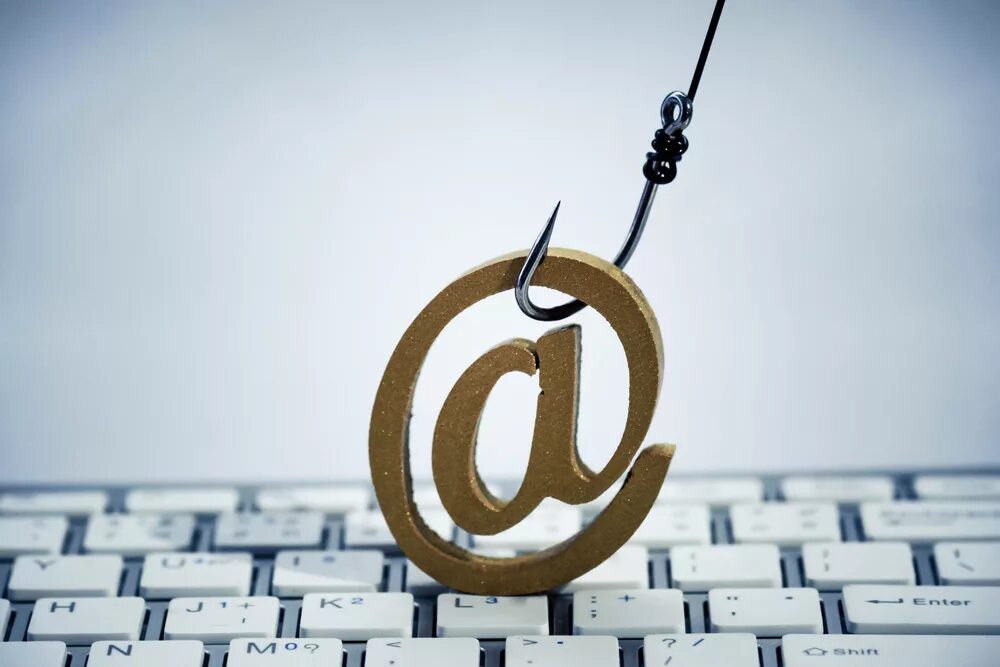Financial scams through email newsletters are a common threat. Fraudsters use various methods of deception to trick the victim into providing personal data or transferring money to fake accounts. Phishing emails can look like official notifications from banks, government agencies, or well-known companies. Often, scammers disguise themselves as representatives of technical support services, newsletters from online stores, and social networks to gain the recipient's trust.
Email Fraud and Its Main Types
Email fraud encompasses several forms of deception aimed at obtaining confidential information. The main types of email fraud are:
- Email Phishing – fake emails asking for personal data or to click on a malicious link.
- Fake Bank Emails – messages supposedly sent on behalf of a bank, asking to update data or confirm a payment.
- Scams in Email Newsletters – fraudulent offers of quick earnings, fake investment schemes, false notifications of winnings.
- Fake Invoice Scams – invoices for payment from unknown companies or with altered details of real organizations.
- Blackmail and Threats – scammers may send emails demanding payment for allegedly found compromising information or threats of account hacking.
Fraudsters often use email address spoofing, replacing the sender to make the message appear genuine. They can also embed malware, infecting recipients' devices, leading to the loss of confidential data.
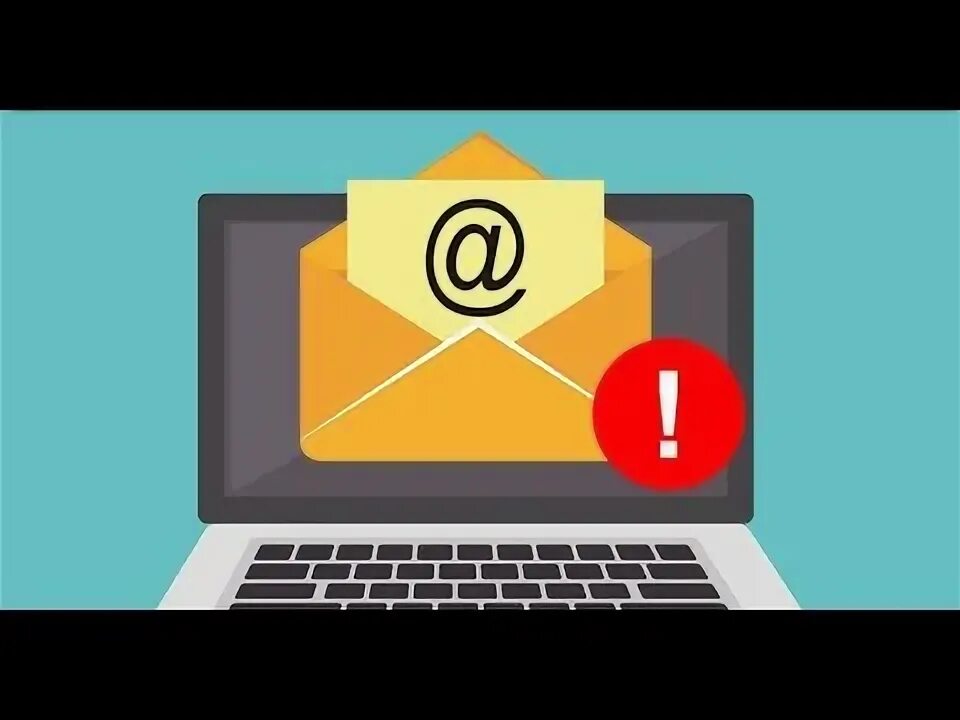
How to Recognize Phishing Emails
Phishing emails can look convincing, but they can be identified by several signs:
- Errors in the Text – grammatical and stylistic inaccuracies may indicate a fake.
- Suspicious Links – addresses leading to sites with slightly changed domains.
- Request for Confidential Information – no bank or official organization requires sending passwords or codes in an email.
- Urgency and Pressure – scammers often frighten with account blocking or fines, demanding immediate action.
- Unknown Sender – if an email is received from an unknown address, it's worth checking its authenticity.
- Unexpected Attachments – files in suspicious emails may contain viruses or malware.
- Promises of Easy Income – scammers often use schemes of quick financial gains without real commitments.
- Information Mismatch – official companies always use a unified style and domain addresses, while scammers may only fake the visual design.
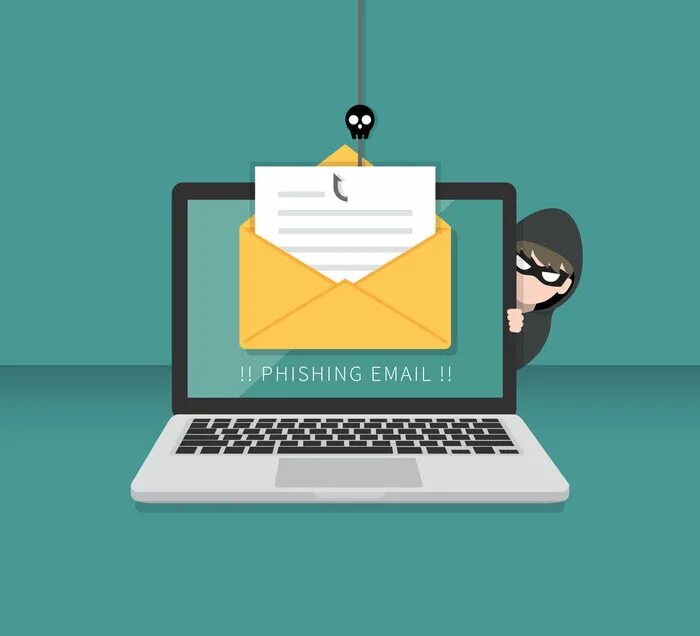
Protection Against Email Scammers
To minimize risks, it's recommended to follow security measures:
- Do not click on links in suspicious emails.
- Verify the sender – compare addresses with official company data.
- Use two-factor authentication to protect accounts.
- Do not download attachments from emails if their authenticity is not confirmed.
- Filter spam and set up email services to block suspicious messages.
- Use antivirus software – modern solutions can block malicious attachments and links.
- Periodically change passwords – this reduces the likelihood of account compromise.
- Be cautious with emails offering to transfer money – even if the sender seems familiar.
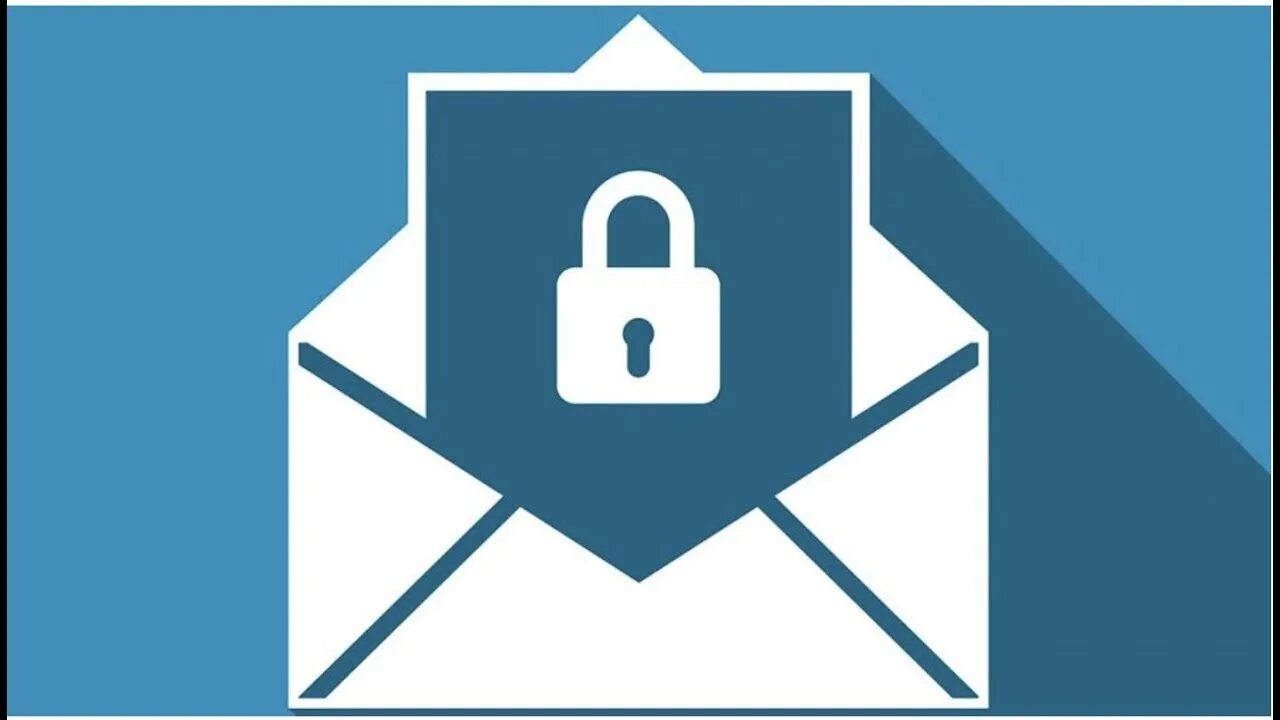
What to Do If You Become a Phishing Victim
If scammers have managed to obtain your data, urgent actions are needed:
- Immediately change passwords on all compromised accounts.
- Notify the bank – if scammers have accessed financial information, it's important to block cards or accounts.
- Check devices for viruses – malware can store passwords and transmit them to scammers.
- Report to law enforcement – in some cases, an investigation can help stop the scammers' activities.
- Set up additional security measures – enable notifications about suspicious logins, activate two-factor authentication.
- Notify contacts – if fraudulent emails were sent from your mailbox, it's important to warn acquaintances.
- Analyze vulnerabilities – find out how the data leak occurred and strengthen the protection of your accounts.
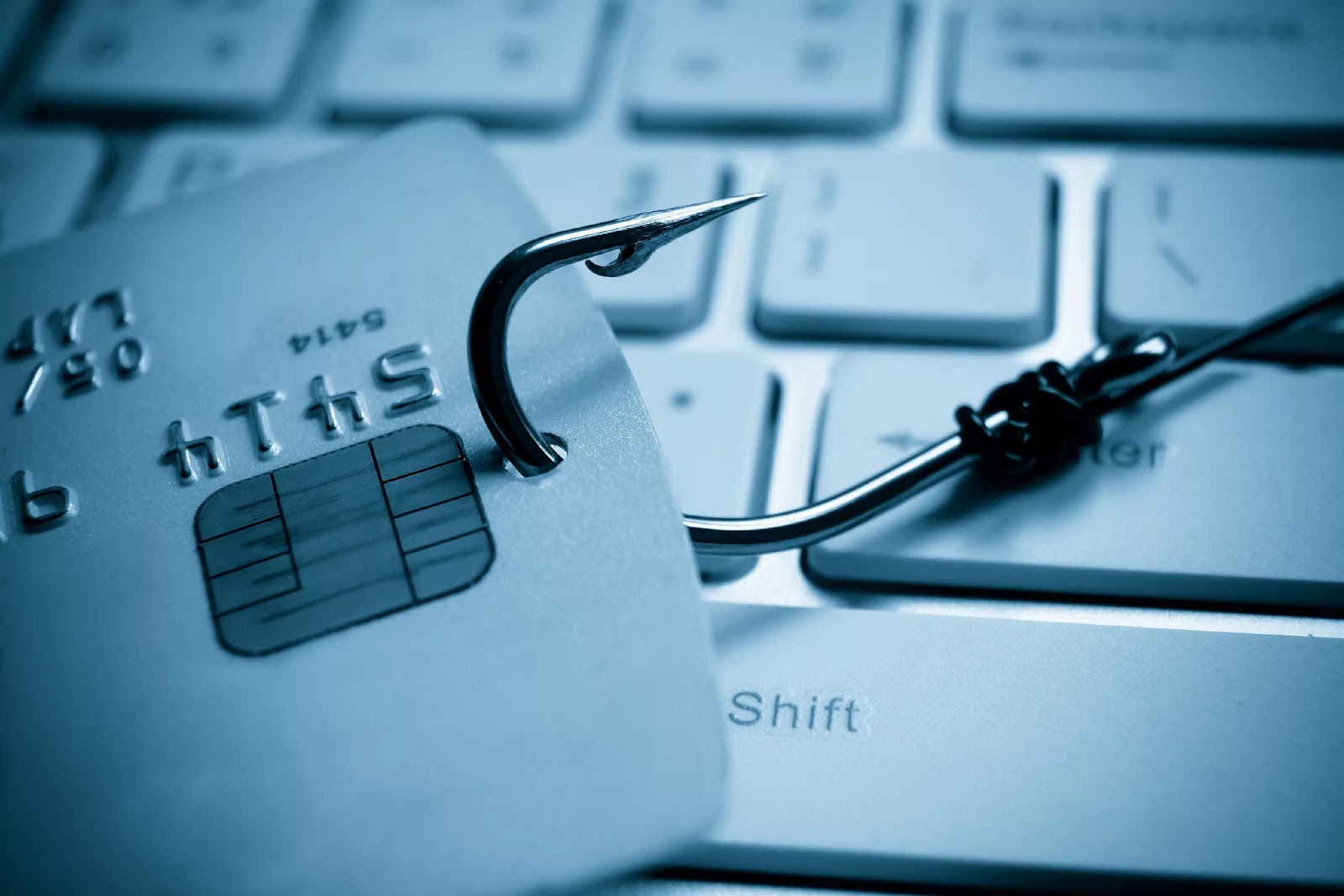
The development of digital technologies leads to the emergence of new fraud schemes. It's important to stay vigilant, verify information sources, and not trust emails that raise even the slightest suspicion. Using modern protection methods will minimize risks and prevent potential financial losses. Attentiveness and awareness will help avoid deception and protect personal data from fraudsters.


